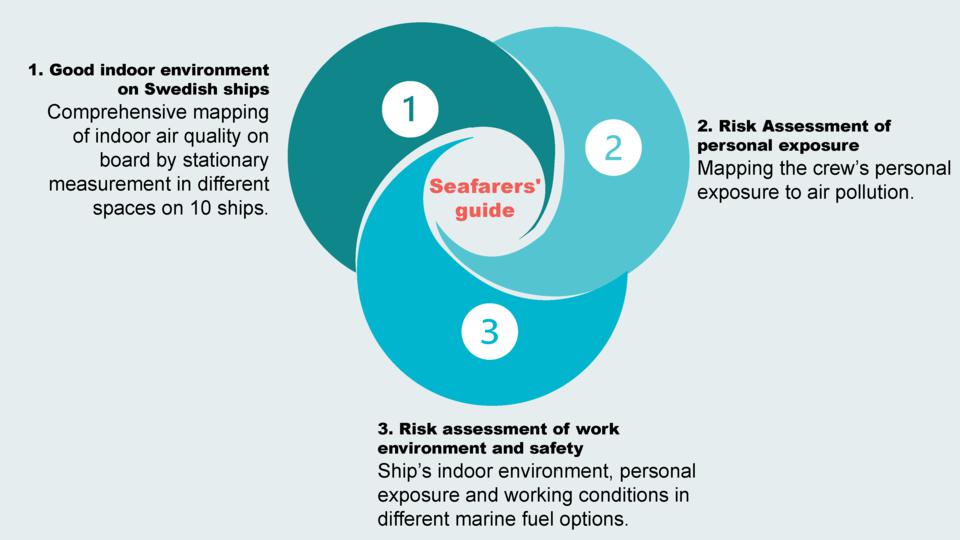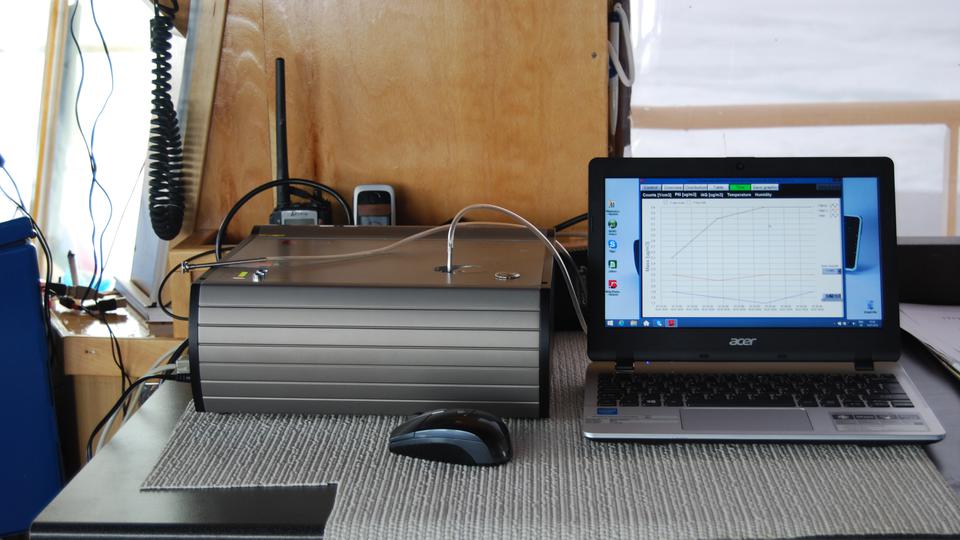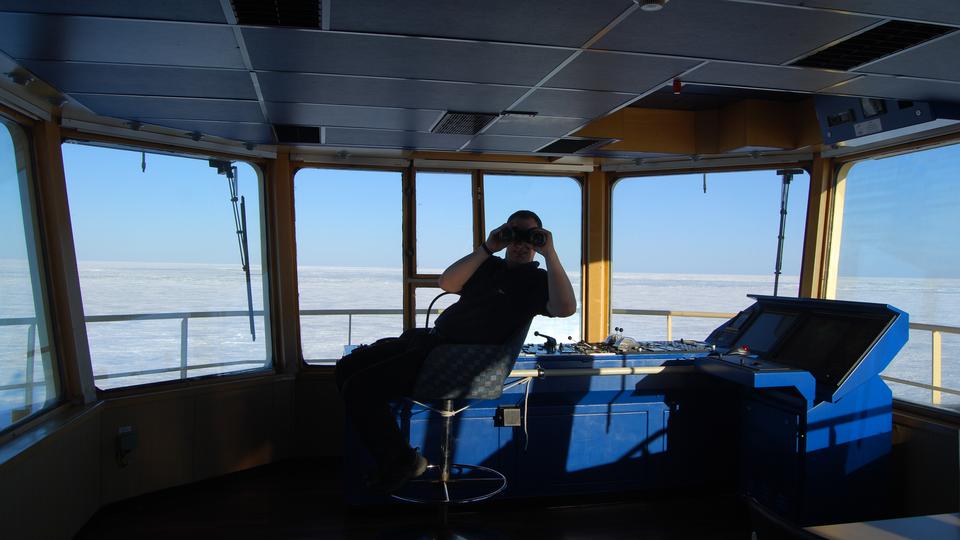
Seafarers' guide to a good indoor environment
The Seafarers' Guide to a good indoor environment provides practical advice and tips on how to assess and evaluate the indoor environment on ships and how to reduce exposure to hazardous substances in different types of work.
From research to practice
People spend almost 90% of their time indoors, where we are often exposed to higher levels of air pollution than outdoors. On ships, the choice of fuel and the ventilation system have a major impact on the indoor environment and air quality. These factors affect not only air pollution and particulates, but also the perception of temperature, humidity and draughts. As seafarers often work long hours on board with little opportunity for variety and change of environment, the indoor environment and air quality of ships are important for both health and well-being. Seafarers are one of the occupational groups most exposed to hazardous substances from fuels and exhaust gases.
The Seafarers' Guide is primarily aimed at those who are managers or safety representatives on ships, or who work for shipping companies on technical or health and safety issues. The knowledge base and training materials can also be used to train future seafarers. Downlod the booklet Pdf, 2.1 MB. Seafrers’ guide to a good indoor environment.
Pdf, 2.1 MB. Seafrers’ guide to a good indoor environment.
We want our research to be used. We welcome you to share our knowledge and the materials we have produced!

Knowledge from three research projects
The knowledge and material you find on this website has been developed through three previous research projects which you can read more about here.

Database
The database compiles the results of measurements of air pollution in various spaces on board some 20 ships and of seafarers' personal exposure to harmful substances.

Knowledge bank
The knowledge bank provides an overview of the hazardous substances that may be present in the indoor environment of ships, their health risks, what you can do to minimise the risks, and what health and safety rules apply.
This project has been funded by Stiftelsen Sveriges Sjömanshus (The Swedish Mercantile Foundation)
.jpg)
If you have questions about the Seafarers' Guide, please contact us!

Sarka Langer
PhD in atmospheric chemistry, chemicals in indoor environments and indoor air quality

Cecilia Österman
PhD in shipping and marine technology, specialising in occupational health and safety

